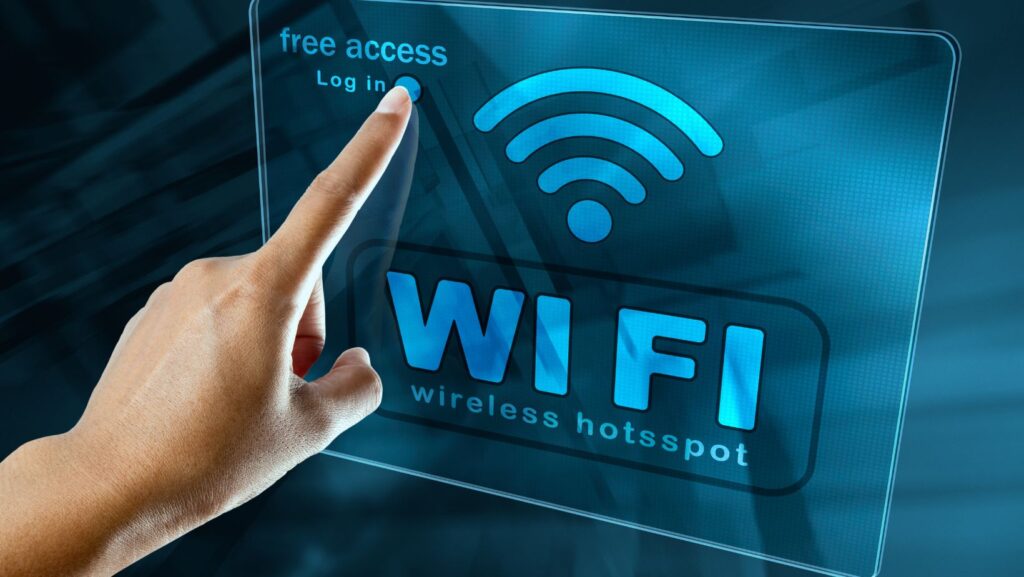Digital Experience Platforms That Win: What Makes Sitecore and Shopify Stand Out?
Companies face relentless pressure to deliver superior customer experiences, optimize online sales, and adapt to changing market demands. But while the goals are clear, the technology choices can feel overwhelming. Two platforms continue to dominate the conversation — Sitecore and Shopify — but for different reasons. Each brings unique strengths to the table, and understanding their value is essential whether you’re planning a full-scale transformation or a focused digital upgrade. Let’s dive into what makes each platform shine and how organizations around the world are using them to get ahead. Sitecore: The Gold Standard in Personalized Digital Experiences Shortly after a company’s digital footprint begins to expand, the need for a robust digital experience platform (DXP) becomes obvious. For enterprises focused on delivering deeply personalized and scalable web experiences, Sitecore development services have become the go-to solution. 1. Unmatched Personalization At Scale One of Sitecore’s standout capabilities is its advanced personalization engine. Marketers can dynamically adjust website content based on user behavior, demographics, purchase history, location, and even the weather. This means every visitor is shown content tailored precisely to their interests, driving engagement and conversion rates. 2. Unified Content And Experience Management Unlike traditional content management systems, Sitecore unifies web content management (CMS), digital marketing tools, and analytics in a single platform. This gives marketers complete control over website updates, campaign launches, landing page creation, and user journey mapping — all from one dashboard. 3. Deep Analytics And Marketing Automation Modern marketing is driven by data. Sitecore delivers deep insights into user journeys, allowing businesses to understand which content performs best and why. With integrated marketing automation, teams can set up nurturing campaigns, automate follow-ups, and even personalize emails based on real-time data — all without extra tools or integrations. 4. Enterprise-Level Security And Compliance Enterprises, especially those in regulated industries, need robust governance and security. Sitecore’s platform is built to support enterprise-grade compliance — think GDPR, HIPAA, or CCPA — while giving IT teams granular control over permissions, user roles, and workflow approvals. 5. Seamless Multichannel Delivery Sitecore empowers brands to deliver cohesive content experiences across websites, mobile apps, kiosks, IoT devices, and even offline touchpoints. This multichannel capability helps organizations maintain brand consistency while serving localized, relevant content to global audiences. 6. Flexibility For Complex Business Needs With its modular architecture, Sitecore adapts to complex business processes and legacy integrations. Whether you’re connecting with a custom ERP, a legacy CRM, or building out new headless commerce channels, Sitecore can handle the complexity. 7. Support For Global Expansion For organizations serving multiple countries and languages, Sitecore’s localization features are invaluable. Manage dozens of sites, translate content at scale, and tailor experiences for different markets — all under one roof. Why Invest in Sitecore Development Services? Getting the most out of Sitecore requires specialized expertise. Partnering with experienced Sitecore development services ensures your implementation is robust, future-ready, and aligned to your unique goals. These experts handle complex integrations, custom module development, upgrades, and performance optimization — freeing your marketing and IT teams to focus on what matters most: business growth. Shopify: The Ecommerce Powerhouse for Businesses of All Sizes As online retail continues its explosive growth, more businesses are turning to Shopify to power their e-commerce ambitions. Whether you’re launching a new direct-to-consumer brand, scaling a global storefront, or simply want a reliable platform that won’t slow you down, Shopify’s combination of speed, simplicity, and scalability is hard to beat. 1. Lightning-Fast Store Setup And Deployment Shopify has removed nearly all technical barriers to entry. Its intuitive interface and ready-to-use themes let businesses of any size launch new stores in a matter of days, not months. This agility is critical for companies looking to capitalize on market opportunities or test new products with minimal risk. 2. Fully Managed, Secure, And Always Updated No need to worry about servers, security patches, or downtime. Shopify offers a fully managed, cloud-based solution with 24/7 monitoring, PCI compliance, and built-in SSL — ensuring your customers’ data is secure and your site is always accessible. 3. Powerful Ecommerce Features Out Of The Box Shopify covers everything you need to run an online store: product management, inventory tracking, integrated payments, shipping, taxes, and even abandoned cart recovery. Advanced features, including multi-currency, multi-language, and international tax compliance, are included, making global expansion easier than ever. 4. Limitless Customization With Apps And Integrations Shopify’s app ecosystem is legendary. With thousands of apps, you can extend your store with advanced analytics, marketing automation, loyalty programs, B2B features, and more. And if you need something unique, Shopify app development services can build custom apps and integrations tailored to your business processes. 5. Seamless Mobile And Omnichannel Selling In a mobile-first world, Shopify ensures your storefront looks and works great on any device. You can sell across channels — web, mobile, social media, marketplaces, even in-person at pop-up shops or events — with inventory and orders synced in real time. 6. Marketing Tools To Grow Sales Shopify includes built-in SEO features, marketing automation, email campaigns, and social media integrations. Analytics dashboards make it easy to track performance and optimize campaigns, even for marketing teams without a technical background. 7. Designed For Scalability Whether you’re just starting or handling millions of visitors during peak sales, Shopify scales effortlessly. Its cloud architecture means you never have to worry about traffic spikes or infrastructure limits, so you can focus on growing your brand. Why Invest in Shopify App Development Services? While Shopify’s default features are powerful, true ecommerce leaders push beyond the basics. With expert Shopify app development services, you can create exclusive features — custom checkout flows, product personalization, unique loyalty programs, or deep integrations with your ERP and logistics systems — that give you a genuine competitive edge. Final Thoughts: Choose the Best Platform for Your Business Vision The digital landscape is full of opportunities, but success comes down to picking the right technology for your goals. If your priority is personalized, enterprise-grade digital experiences with advanced marketing, analytics, and
Digital Experience Platforms That Win: What Makes Sitecore and Shopify Stand Out? Read More »










